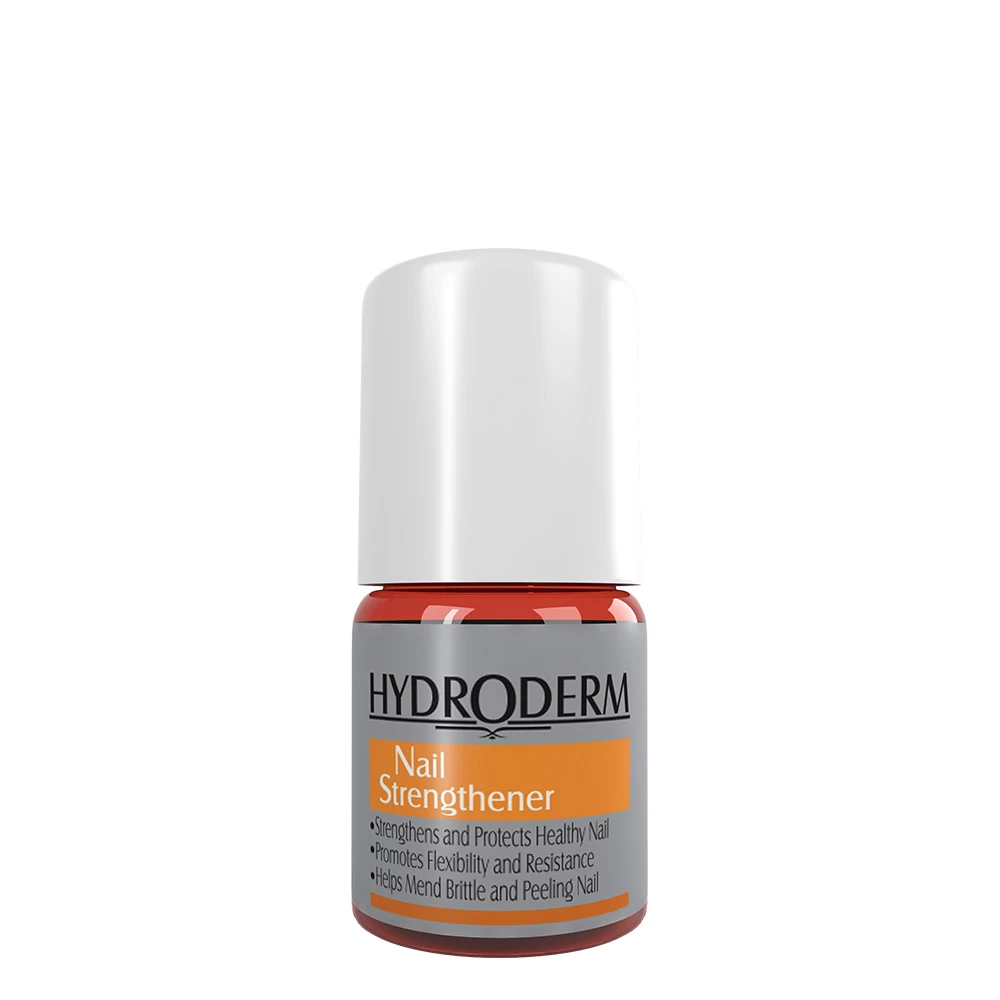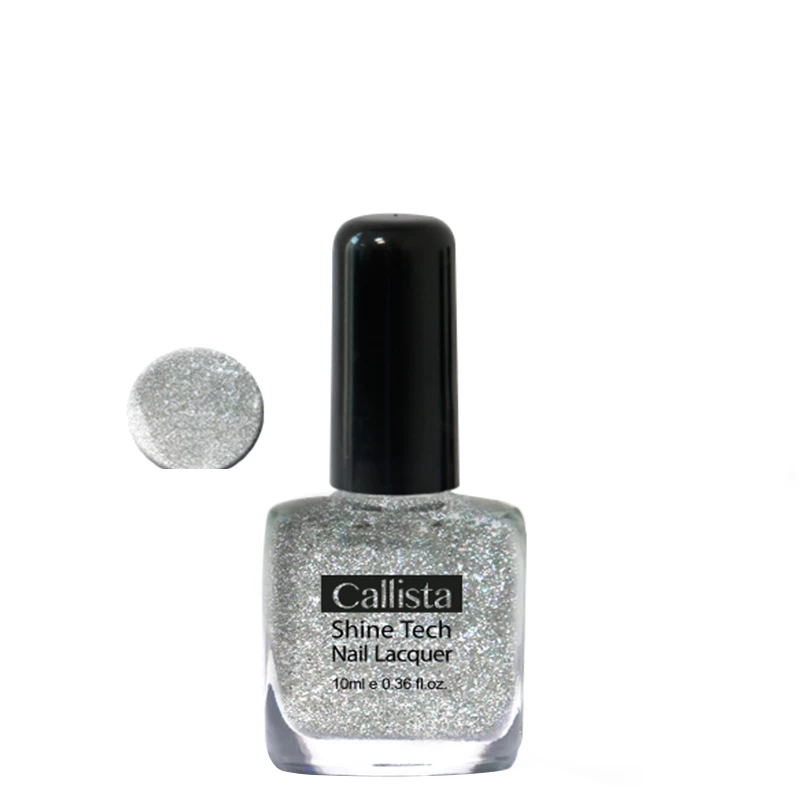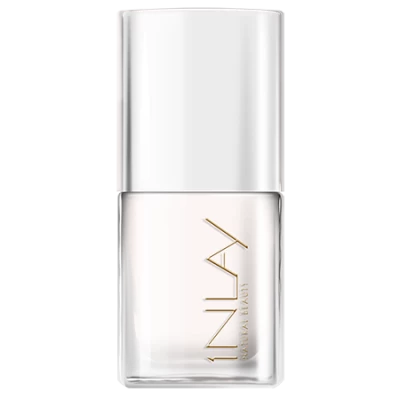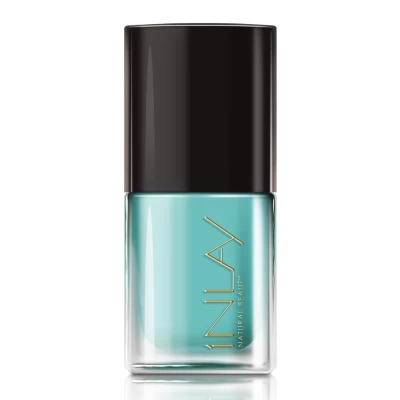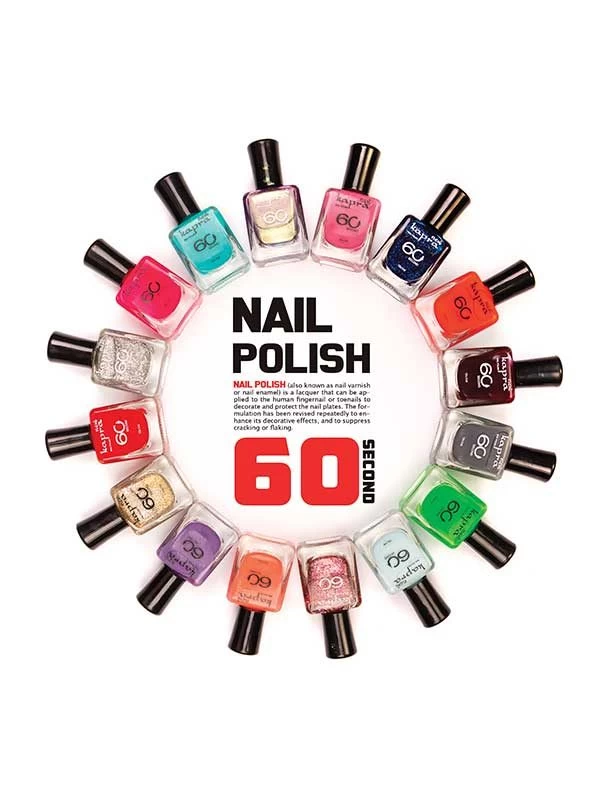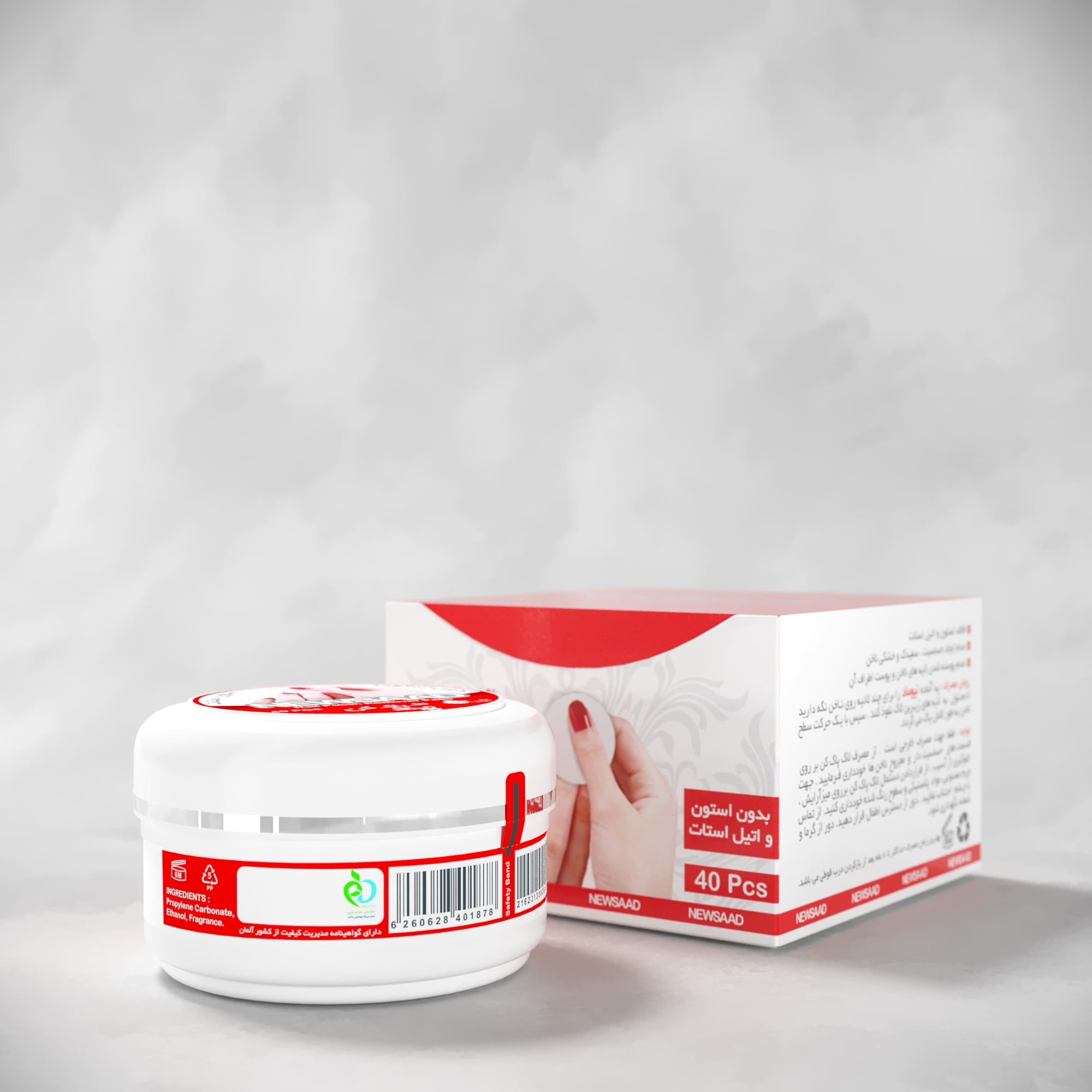Nail Supplies
Nail supplies encompass a range of tools and products for nail care and art. Essentials include nail polish, base and top coats, nail files, cuticle trimmers, and buffers. Nail art enthusiasts often use brushes, dotting tools, and decals for creative designs. Acrylic and gel kits provide options for extensions. It's essential to have quality removers and moisturizers for proper nail care. Consider the variety of colors, finishes, and treatments available to achieve diverse and stylish nail looks.
Nail polish comes in various types, each offering distinct features and finishes.
1. Regular Nail Polish:This is the standard type, available in a wide range of colors and finishes like matte, glossy, or shimmer.
2. Gel Nail Polish: Known for its long-lasting formula, gel polish requires UV or LED light for curing. It provides a durable and high-shine finish.
3. Matte Nail Polish: This type lacks the glossy finish, creating a flat, non-shiny appearance. It's a popular choice for a chic and modern look.
4. Crackle Nail Polish: Creates a unique cracked effect as it dries, revealing the color underneath. It's applied over a contrasting base coat for a dramatic effect.
5. Holographic Nail Polish:Contains holographic pigments that create a prismatic, rainbow-like effect on the nails, adding a touch of sparkle.
Choosing the right type depends on personal preference, desired finish, and the occasion.
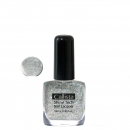
The production of nail polish involves various machines and processes in a manufacturing facility. Some key machines and equipment used in the manufacturing of nail polish include:
1. Mixing Tanks: These are used for blending and mixing the liquid components of nail polish, including solvents, polymers, and pigments.
2. Homogenizers: These machines help achieve a consistent and uniform mixture by breaking down particles and ensuring a smooth texture.
3. Filling Machines:These automate the process of filling nail polish into bottles. They are designed to handle different bottle sizes and shapes.
4. Capping Machines: Once the bottles are filled, capping machines are used to seal them securely.
The entire production process involves a combination of these machines to ensure the accurate and efficient creation of nail polish products.
nail polishes typically contain solvents that are derived from various oils. Common solvents used in nail polish formulations include:
1. Ethyl Acetate: Often derived from acetic acid, which can be derived from natural sources like fruits or synthesized from petrochemicals.
2. Butyl Acetate: Derived from acetic acid and butanol, which can be obtained from natural or synthetic sources.
3. Isopropyl Alcohol:Although not an oil, it is a solvent commonly used in nail polish and is derived from propene, which can come from petrochemical sources.
Nail products serve various purposes in nail care and grooming. Here are some common nail products and their uses:
1. Nail Polish:Adds color and finishes to nails, available in a wide range of shades and formulations.
2. Base Coat:Applied before nail polish to create a smooth surface, enhance polish adherence, and protect nails from staining.
3. Top Coat:Applied over nail polish to seal and protect the color, providing a glossy finish and enhancing durability.
Choosing the right combination of these products can contribute to overall nail health and aesthetics.
Nail growth can be influenced by various factors, and several products aim to promote healthier nails. While individual responses may vary, some commonly recommended products for promoting nail growth include:
1. Nail Growth Serums: These often contain ingredients like biotin, peptides, and vitamins to nourish and strengthen nails.
2. Biotin Supplements: Biotin, a B-vitamin, is believed to support healthy nail growth when taken as a supplement.
3. Nail Hardeners:*Some formulas include strengthening agents to fortify nails and reduce the risk of breakage.
4. Cuticle Oils:Moisturizing the cuticles and surrounding skin can contribute to overall nail health and flexibility.
5. Nail Strengthening Polishes: These polishes often contain ingredients like keratin or calcium to strengthen the nails.
6. Protein-Enriched Products:Products with added proteins, such as keratin or collagen, may support nail structure.

Remember, maintaining a balanced diet with adequate vitamins and minerals, staying hydrated, and avoiding excessive use of harsh chemicals can also contribute to healthy nail growth. If you have concerns about your nails, it's advisable to consult with a dermatologist or healthcare professional for personalized advice.
A well-balanced diet that includes essential nutrients can contribute to overall nail health and growth. Some key nutrients beneficial for nail growth include:
1. Protein: Found in sources like lean meats, poultry, fish, eggs, and plant-based proteins like beans and nuts. Protein is crucial for the production of keratin, a protein that makes up nails.
2. Biotin (Vitamin B7):Present in foods like eggs, nuts, seeds, and sweet potatoes. Biotin is associated with promoting healthy nail growth.
3. Iron: Found in red meat, poultry, fish, lentils, and spinach. Iron deficiency can lead to brittle nails, so it's essential for overall nail health.
4. Zinc:Available in foods like meat, dairy, nuts, and whole grains. Zinc supports the development of keratin and aids in maintaining healthy nails.
5. Vitamin E: Present in nuts, seeds, spinach, and almonds. Vitamin E is an antioxidant that may contribute to nail health.
6. Omega-3 Fatty Acids: Found in fatty fish, flaxseeds, and walnuts. These contribute to overall nail hydration and flexibility.
7. Vitamin A: Found in carrots, sweet potatoes, and spinach. Vitamin A promotes healthy skin and nails.
8. Vitamin C:Present in citrus fruits, strawberries, and bell peppers. Vitamin C aids in collagen production, which is essential for nail strength.
Maintaining a diverse and nutrient-rich diet, staying hydrated, and avoiding extreme diets can positively impact the health and growth of your nails. If you have specific concerns, it's advisable to consult with a healthcare professional for personalized advice.
Gel and acrylic nails are both popular artificial nail enhancements, but they differ in their composition, application process, and appearance.
Gel Nails:
1. Composition: Gel nails are made from a gel-like substance that cures (hardens) under UV or LED light.
2. Application: Gel nails are applied in layers, with each layer being cured under a UV or LED lamp. They come in various formulations, including hard gel and soft gel.
3. Flexibility: Gel nails tend to be more flexible and natural-looking compared to acrylics.
4. Odor: Gel nails generally have a milder odor during application compared to acrylic nails.
5. Removal: Gel nails can be soaked off using acetone, and the process is generally gentler on the natural nails.
Acrylic Nails:
1. Composition: Acrylic nails are made from a liquid monomer and a powder polymer that forms a hard, durable surface when mixed together.
2. Application: Acrylic nails are created by dipping a brush into the liquid monomer and then into the powder polymer, forming a paste that is applied to the nails. It air-dries and hardens on its own.
3. Durability:Acrylic nails are known for their strength and durability, making them suitable for individuals with naturally weak or brittle nails.
The choice between gel and acrylic nails often depends on personal preference, desired appearance, and individual nail conditions. Both types offer long-lasting and visually appealing results when applied by a skilled nail technician.


FAQs
What is beauty nail care?
Beauty nail care involves practices and products dedicated to enhancing the aesthetics and health of nails. It includes grooming, polishing, and using various treatments to achieve well-maintained and stylish nails.
What makes nails stronger?
Nails can be strengthened by maintaining a balanced diet rich in protein, biotin, and vitamins. Using nail strengtheners, keeping nails moisturized, and avoiding harsh chemicals also contribute to stronger nails.
What nail product lasts the longest?
Gel nail polish tends to last the longest among nail products. It's known for its durability and resistance to chipping, providing a longer-lasting manicure compared to regular polish.
What is the best nail oil?
The best nail oil can vary based on individual preferences, but popular choices include jojoba oil, sweet almond oil, and argan oil. Look for oils rich in vitamins and nutrients for effective nail and cuticle nourishment.
 +7929688-88-14
+7929688-88-14

 English
English
 Persian
Persian
 Russian
Russian
 Chinese
Chinese


 +7929688-88-14
+7929688-88-14

